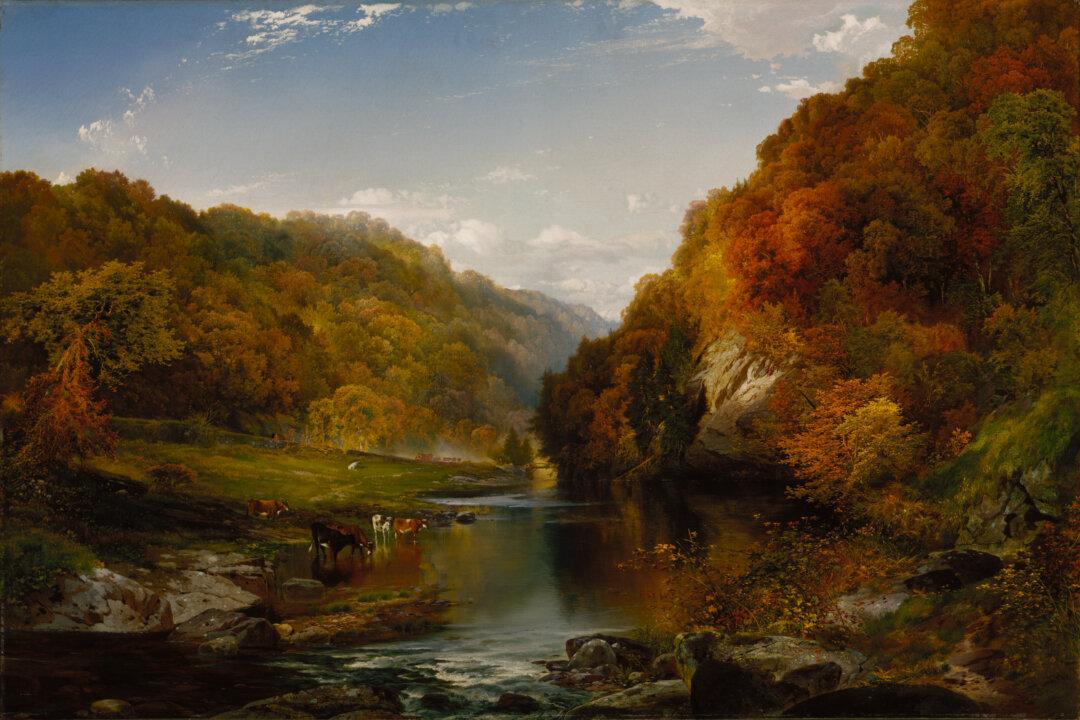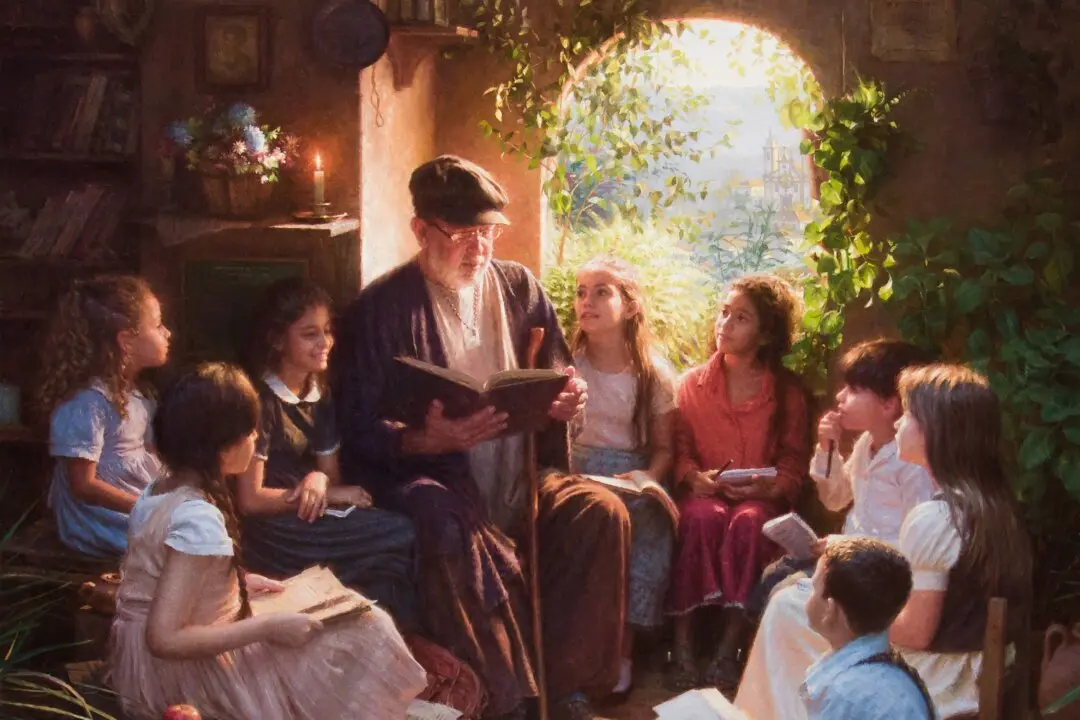“Winter is an etching, spring a watercolor, summer an oil painting, and autumn a mosaic of them all,” wrote American author Stanley Horowitz. For centuries, poets and writers have given voice to the seasons, and painters have immortalized them in color.
Mr. Horowitz’s autumn mosaic is here. Cool, crisp blue skies illuminate our lunchtime strolls. The leaves are turning to fire, and falling like flaming teardrops—a tree’s curtain call as it nears the end of the year.






